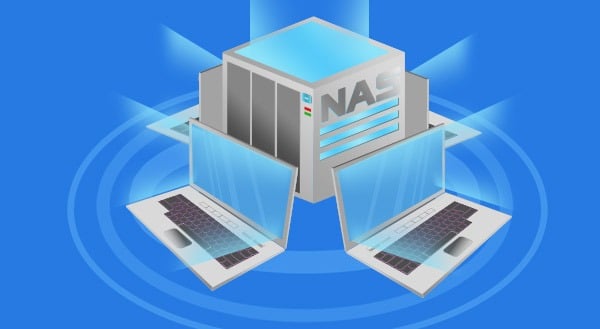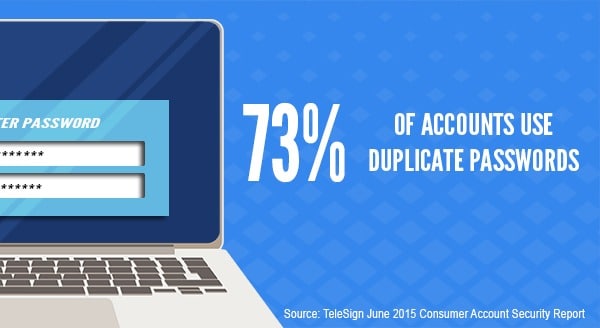Ring in the New Year with New IT
 For many of us, 2021 can’t come soon enough, and we’re hoping next year will be a better one. One way to get the best start in the new year? Take the time now to review business technology. There are several areas that you might improve to support 2021 success.
For many of us, 2021 can’t come soon enough, and we’re hoping next year will be a better one. One way to get the best start in the new year? Take the time now to review business technology. There are several areas that you might improve to support 2021 success.
First, look at your website. In this digital age, your business website is your calling card to the world. It is where your prospects and customers will go to learn more and buy your product or service. Yet many business websites are at least a few years old. That won’t do these days. Whether you’re a B2B or B2C, your buyers are making a decision about your brand based on your website. If your website looks a decade old, they’re going to doubt you’re on top of your game.
When reviewing your website, priorities should be:
- ease of site navigation – people have a low tolerance searching for information online;
- mobile responsiveness – depending on industry, more than 60% of website visits are from mobile devices;
- call to action – you’re making it clear what you want people to do on your site;
- visual appeal – if it doesn’t look good, your credibility will be damaged;
- search engine optimization – are you doing all you can to get people to your site?
- security – customers care more and more about data security and privacy.
Updates in the Office Environment Of course, there are still people who will pick up a phone and call a business. Traditional phone systems are the reliable business workhorse. But settling for a plain old phone system could mean you’re missing out on a lot. Modern digital phone systems offer you access to a wide range of useful features. With a voice over Internet protocol (VoIP) phone system, businesses of any size can get enterprise-level features. These include:
Updates in the Office Environment
Of course, there are still people who will pick up a phone and call a business. Traditional phone systems are the reliable business workhorse. But settling for a plain old phone system could mean you’re missing out on a lot. Modern digital phone systems offer you access to a wide range of useful features. With a voice over Internet protocol (VoIP) phone system, businesses of any size can get enterprise-level features. These include:
- interactive voice response (IVR) systems (e.g. “Press 1 to speak to sales, 2 to speak to tech support… etc.”;
- call queuing that helps distribute incoming calls to the right party;
- call recording that helps you track compliance, and provides training and sales script intel;
- local phone numbers, free in-network calling, and consistent international-rate plans.
Also in the office, there may still be employees signing in to desktop workstations running Windows 7. This operating system reached “end of life” on January 14, 2020. That means Microsoft is no longer updating the software. Hackers know that, too, so sticking with the old system could make you vulnerable to cyberattack.
COVID-19 prompted businesses that might have been putting off cloud migration to move up their timetable, but some use virtual private networks or other remote access to enable work from home. It doesn’t look like we’ll be back in the office full-time, full-force at the outset of 2021, so this is also a good time to revisit the idea of cloud computing.
Making Your Business Secure in 2021
Start the new year off right with a resolution to make your business IT more secure. This could mean embracing two-factor authentication as an upgrade to password-only authentication.
Encourage employees to change their passwords. Most people have dozens of online accounts but only two or three unique passwords. So, it’s a good idea to require your people to update their passwords regularly. That way, if a site such as LinkedIn suffers a data breach, you aren’t vulnerable because of an employee’s duplicated password.
End-of-year downtime provides an opportunity to review any long-standing IT problems. Evaluate how much time or productivity was lost in 2020 while troubleshooting IT. It’s also a good idea to proactively plan your backup strategy and set up for disaster recovery. That way, if the worst does happen in 2021, you’re ready.
Keep your business secure and up to date with the help of a managed service provider. We’ll make sure you’ve got the best technology for your needs. We manage and monitor your IT tools, too. You stick to what you do best, and our experts will focus on your IT. Contact us today at (416) 645-2469 or (905) 667-0441 or email us.
Want to be notified when our next blog is posted, sign up here.








